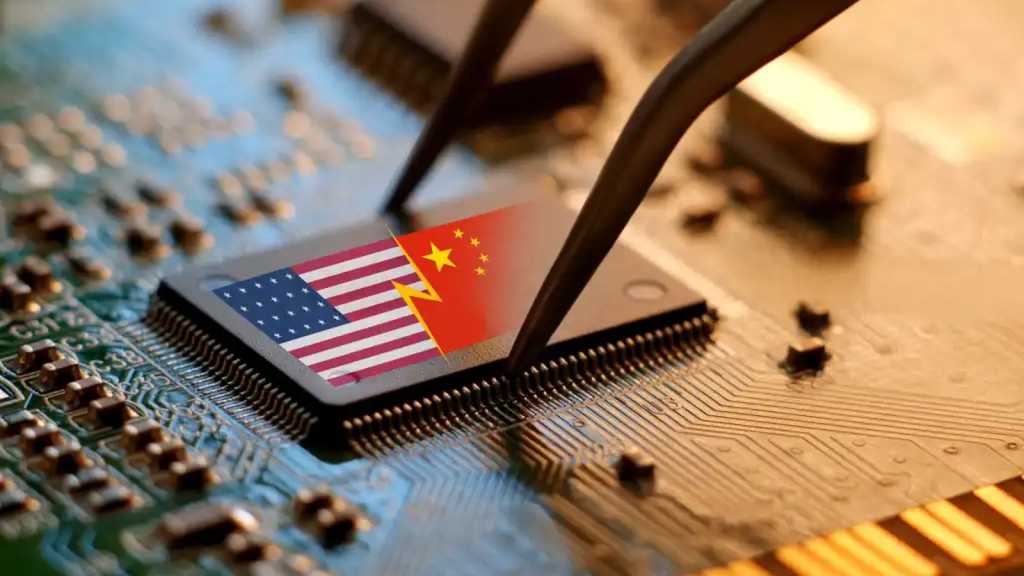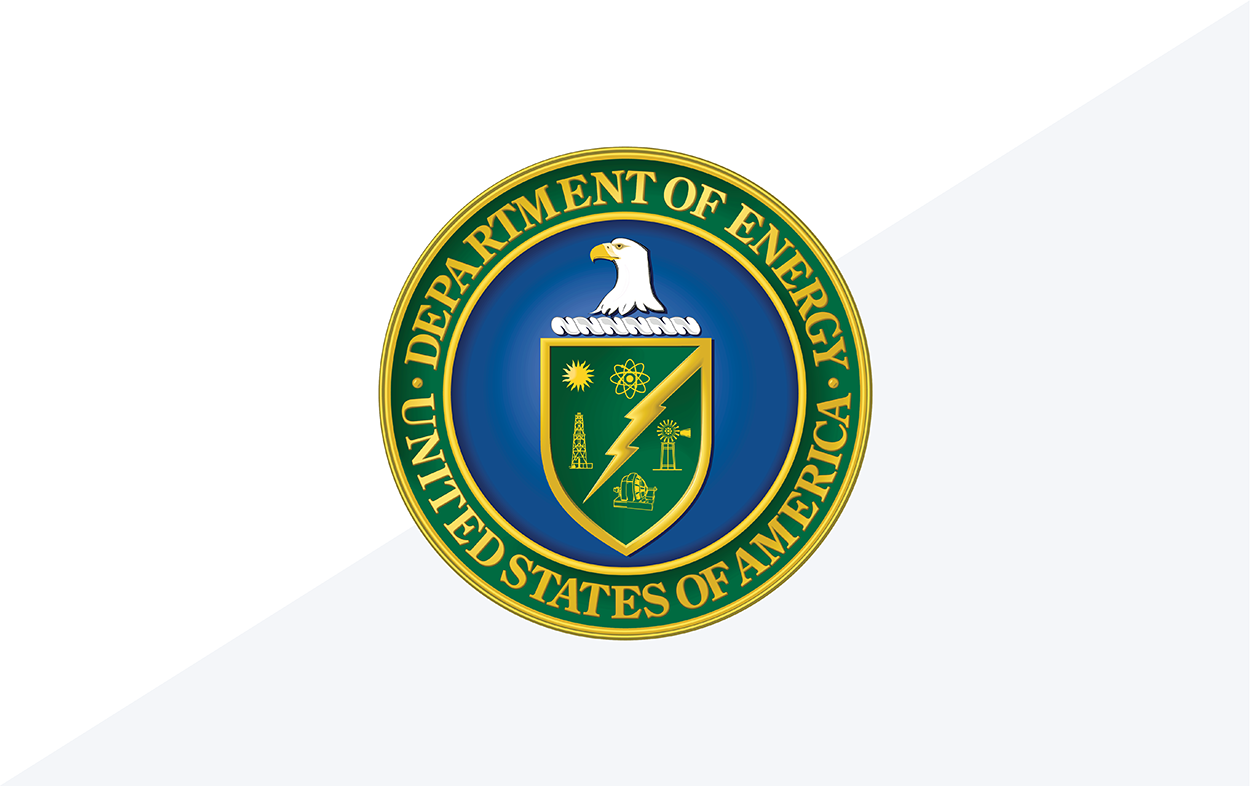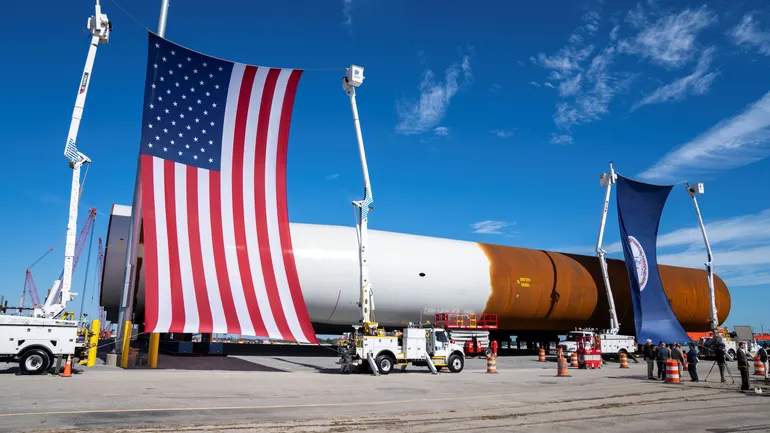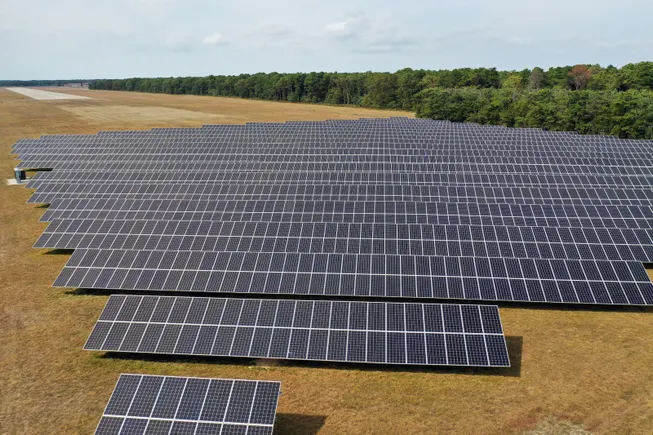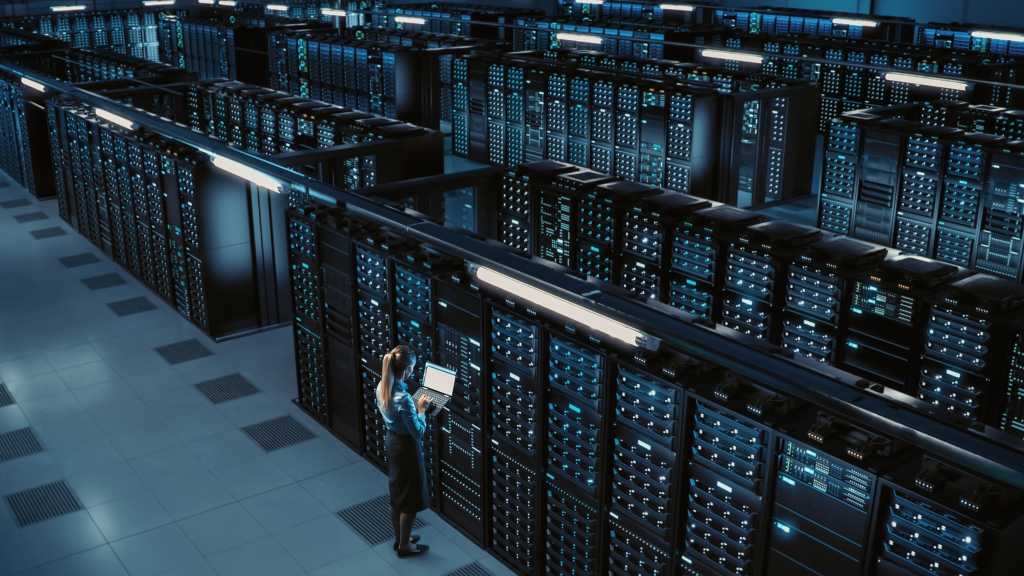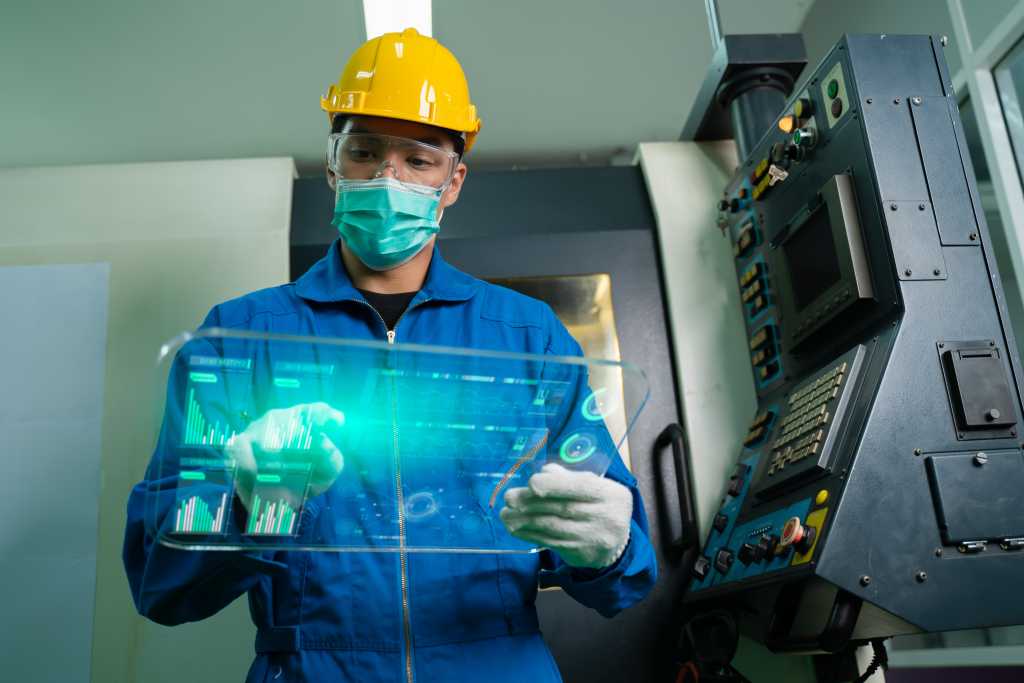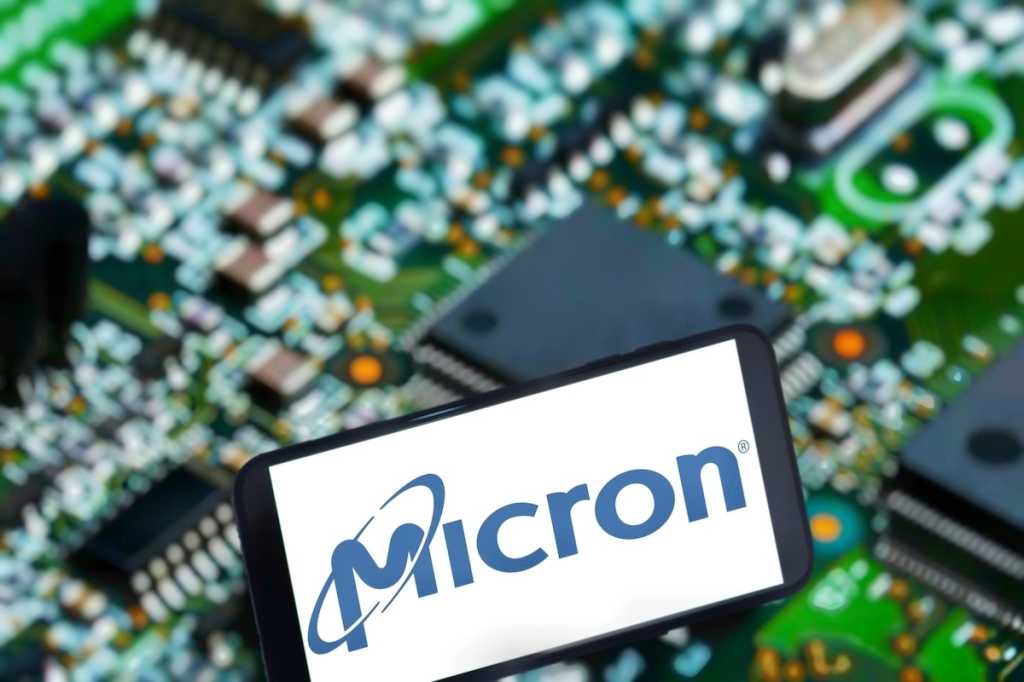
Industry body Offshore Energies UK (OEUK) announced in a release sent to Rigzone recently that it has extended the deadline for nominations for the latest edition of its annual awards ceremony to August 11.
OEUK noted in the release that the extension gives applicants “more time to recognize their colleagues and teams”.
The industry body noted in the release that the OEUK Awards “celebrate the outstanding achievements of businesses and individuals across the nation’s offshore energy sector – including oil, gas, wind, hydrogen, and carbon capture and storage”.
OEUK pointed out in the release that this year features a brand-new category, titled Outstanding Contribution to Circular Economy. It said this award “recognizes companies leading the way in sustainability through reuse and repurposing”.
The 2025 OEUK Awards will take place at P&J Live in Aberdeen, Scotland, on November 20. Award categories include Apprentice of the Year, Early Career Professional of the Year, People & Culture, Outstanding Contribution to Energy Security, Outstanding Contribution to Energy Decarbonization, Outstanding Contribution to Circular Economy, Innovative Supply Chain Company of the Year (Large Enterprise and SME), and Neighbor of the Year.
The OEUK Awards website describes the OEUK Awards as a “flagship event” and “one of the most anticipated events on the industry calendar”. According to the site, this year’s show will feature over 550 guests, “including industry leaders, government representatives, and media professionals”.
OEUK’s release also announced that nominations for the OEUK Award for Excellence in Decommissioning have been extended to August 11. Winners will be announced at a gala dinner during OEUK’s Offshore Decommissioning Conference on November 25, the release highlighted.
“We’re pleased to give organizations and individuals a little more time to submit their nominations for this year’s OEUK Awards – an opportunity to spotlight the exceptional people and companies shaping the future of the UK offshore energy sector,” OEUK CEO David Whitehouse said in the release.
“With a new award focused on circular economy practices, we’re highlighting those who are truly transforming how our industry reuses and reduces. Whether it’s innovation, sustainability, or leadership, these awards honor the trailblazers powering a secure, skilled, and sustainable energy future,” he added.
“In this pivotal year for the sector, we encourage everyone to take advantage of the extended deadline and help us celebrate the talent, commitment, and ingenuity that define our industry,” Whitehouse went on to state.
In a release posted on its site last month, OEUK announced the winners of this year’s Offshore Safety Awards. The event was jointly organized by OEUK and Step Change in Safety, that release highlighted, pointing out that it was “designed to maintain and promote the highest professional standards in the offshore industry”.
The award ceremony was held at the Beach Ballroom, Aberdeen, on July 1. This year saw the introduction of the new Outstanding Contribution to Safety Award, which went to Darren Sutherland of Borr Drilling. The rest of this year’s winners can be seen below.
Award for Maritime Safety
- Bryan Irvine, Anasuria Operating Company
Award for Aviation Safety
- Andrew Cowx, Offshore Helicopter Services
Award for Sharing and Learning
- Brian Innes, Stena Drilling Ltd
Award for Decommissioning Safety
- Brent Charlie Decommissioning Team, Shell UK Limited
Award for Safety Rep of the Year
- Doug Walker, PBS
Award for Major Hazard Awareness
- Colin Deddis, Anasuria Operating Company
Award for Workforce Engagement
- Adam Mason, PBS
Award for Site Leader
- David Meade, Harbour Energy
Award for Wellbeing
- Andrew Beckley (on behalf of TotalEnergies) and Steve McIntosh (on behalf of Healthoutfit)
In a statement posted OEUK’s website back in November 2024, Whitehouse hailed the 2024 OEUK Awards ceremony, calling it “the largest awards event we’ve had for a decade with over 40 finalists inspiring us with their achievements”.
“These remarkable people, exceptional teams, and enterprising companies are making a difference to our everyday lives and their exciting achievements are helping to ensure we can become a world leader in delivering the clean energies of the future,” Whitehouse said in that statement.
Around 600 people “from across the industry” were present at the awards ceremony, which was held at the P&J Live on November 28, 2024, OEUK highlighted in that statement. That ceremony was hosted by Rob Rinder, described in the statement as a “barrister turned broadcaster, writer, and social equality advocate”.
OEUK describes itself on its website as the leading representative body for the UK offshore energy industry. It is a “not for profit membership organization with a history stretching back five decades”, the site highlights.
To contact the author, email [email protected]


